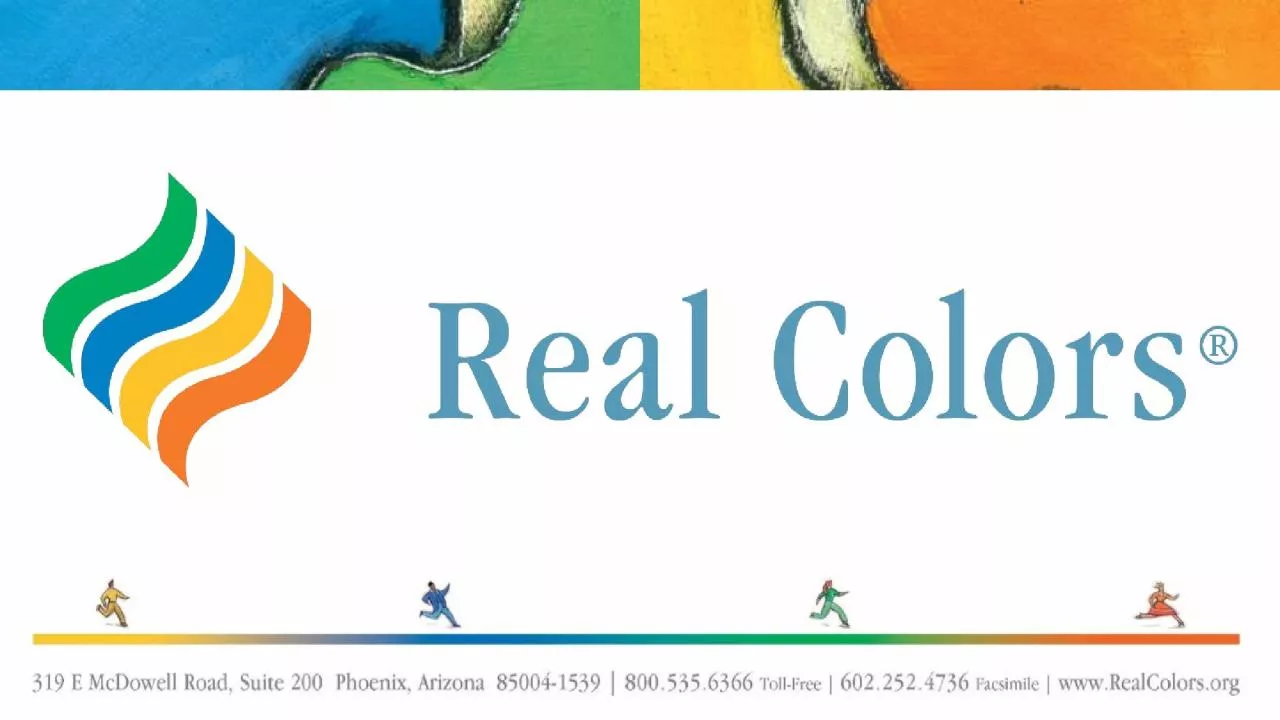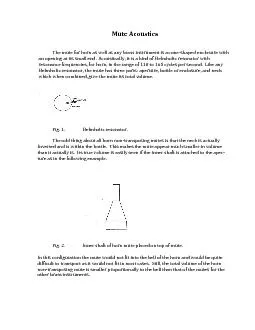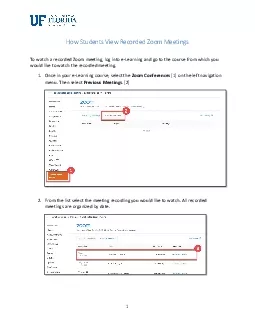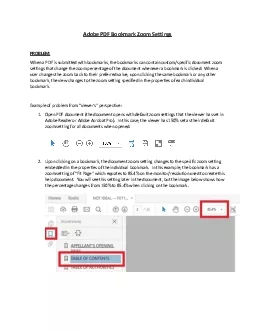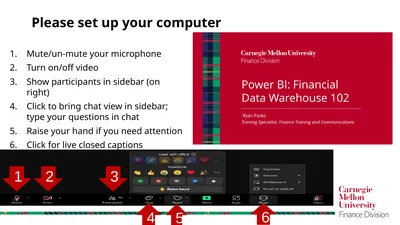PPT-Using Zoom To mute your computer so others can’t hear you or your background noise.
Author : piper | Published Date : 2024-02-03
Used to turn video on or off This will show you who is on the call and will give you other ways to interact Used to send a message to everyone or privately to the
Presentation Embed Code
Download Presentation
Download Presentation The PPT/PDF document "Using Zoom To mute your computer so othe..." is the property of its rightful owner. Permission is granted to download and print the materials on this website for personal, non-commercial use only, and to display it on your personal computer provided you do not modify the materials and that you retain all copyright notices contained in the materials. By downloading content from our website, you accept the terms of this agreement.
Using Zoom To mute your computer so others can’t hear you or your background noise.: Transcript
Download Rules Of Document
"Using Zoom To mute your computer so others can’t hear you or your background noise."The content belongs to its owner. You may download and print it for personal use, without modification, and keep all copyright notices. By downloading, you agree to these terms.
Related Documents

